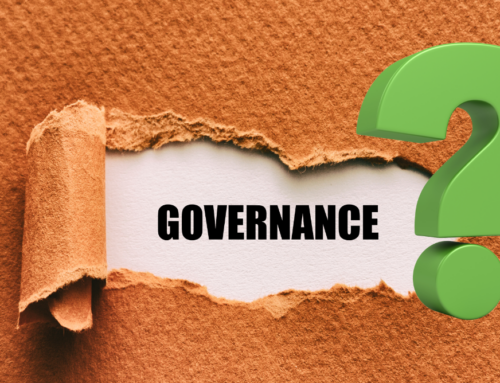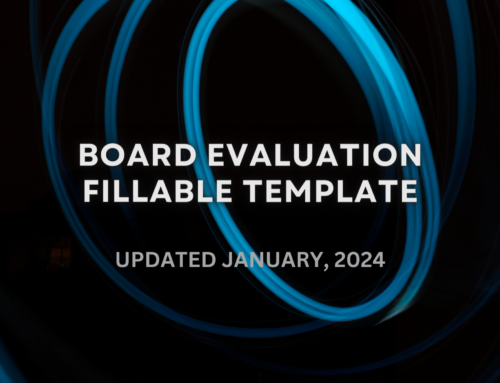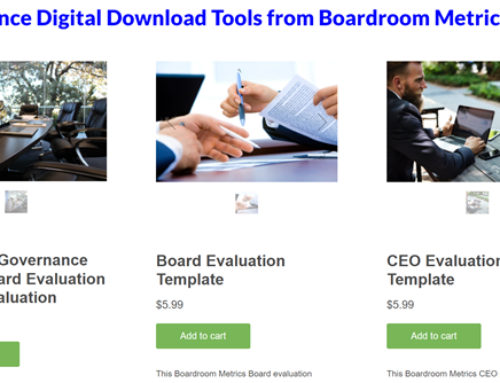Aggressive Facilitation for Strategic Planning
Sometimes, when clients call on us to lead a strategic planning session they only have a couple of hours set aside to do the facilitation. Although that isn’t much time (more is better), it is possible for a meeting facilitator to facilitate a strategic planning session in two hours. We call the approach aggressive facilitation. Here’s how aggressive facilitation for strategic planning works:
- Limit the size of the group to maximum twelve participants. More than twelve is too many for effective facilitation in a short time frame.
- Do as much advance work as possible. Mainly this involves disseminating the current strategic plan (if there is one, sometimes there isn’t) and any insight on its status – metrics, market research, customer feedback, etc. It’s helpful if participants prepare their own SWOT of the existing organization/plan in advance.
- Define the time-frame for the strategic plan. Three years is typical. Annual operating plans fit under the strategic plan consistent with executing the strategic pillars that are defined. Some organizations argue that strategic plans are done on a one-year time-frame. They aren’t. Missions only change occasionally and some pillars (eg, building new manufacturing capacity) may take years to execute.
- Set appropriate goals for the session. Will this be the ‘final, final’ or will the output of this session set the basis for some additional work to verify and fill out what has been developed?
- Start the session. Conduct a group SWOT of the current status of the organization and strategic plan if there is one. This is a quick easy way for the meeting facilitator to get the group into the session and get them participating. Capture all input on a digital or paper flip chart. Allow maximum fifteen minutes.
- Facilitate a discussion to define or verify (if there is one) the organization’s mission. Mission is one of the most misunderstood corner stones of strategic planning. Don’t mess around, use this definition of mission: who does your organization serve and how does it serve them? Although you might think that most organizations are clear on this, the truth is that the majority aren’t. Doing everything for everyone is impossible. So who is it? What is it we do? Elements of this facilitation include group discussion, individual work to craft/draft mission statement options, group sharing and combining of options and some form of consensus defining process (vote!) to agree on the best option. The meeting facilitator should allow 45 minutes for this part of the process. (Note: when we lead sessions, clarifying the mission always takes the most time. If it seems easy or only takes a few minutes then your organization is either unique and/or there is something missing.)
- Using the mission definition as the anchor, define the organization’s strategic pillars. Strategic pillars are those things the organization does consistently in order to execute its mission. For example, education and advocacy are two pillars common to associations (its how members are served). Pricing and selection are common retail pillars (its how shoppers are served). Destinations and service are common airline pillars (its how travellers are served). The maximum number of pillars shouldn’t exceed five. Like people, organizations only have a limited amount of capacity. Note that strategic pillars are seldom re-invented from scratch. However, the evolution of pillars (to gain an advantage in achieving the organization’s mission) is the essence of strategic planning. Hint: if you aren’t clear what your organization’s current pillars are, take a look at your website. It’s quite common to find the current pillars of an organization (how it serves the people it serves) broken out as sections of the website. Allow 15 minutes. Put particular focus on any new pillars required.
- Identify the priority work to set-up new pillars and execute on existing. Priorities like setting up new distribution may take years to complete. Others like the annual convention may be executed more quickly, even though changes to the execution may be critical to better execution of the mission. Allow 35 minutes to identify the priority work that will be done on each pillar. Use the SWOT analysis to identify opportunities for improving on execution of existing pillars.
- Summarize and wrap-up. Ten minutes. “Today we defined and/or verified the mission of our organization and the five strategic pillars we will execute over the next one to three years in order to achieve our mission. Based on these strategic pillars we need to develop this year’s operating plan for each pillar and the budgets. See you in three weeks.”
Meeting facilitator keys to aggressively facilitating a strategic or any other planning session in a short time-frame:
- Don’t let anyone run-on or dominate, cut them off (based on the limited time available)
- Don’t wait for volunteers to input; pick them out
- Help the group make decisions – use patterns, trends, logic to point the group towards the most likely outcomes (done more aggressively, less objectively here than in typical facilitation)
- Tell the group how much time is available eg, “two minutes left”
- If a strong leader helps move the process forward occasionally (eg, “I’m going to save us all some time; branding is one of our pillars this plan”), let them do it (allow more leeway for them to be assertive than in a typical session where too much assertiveness will shut down the group)
Using a facilitated and a strong meeting facilitator to ram through some serious strategic planning into a short time frame has benefits. Sense of urgency results in clarity that frequently seems to mirror longer, more drawn out sessions.
Always Confirm: The Two Reasons for Doing Strategic Planning
We find that organizations sometimes/often forget why they are doing strategic planning. This impacts the quality of the plan. There are two reasons to do a strategic plan: 1) to mitigate risk 2) to execute the mission better. Keep those in mind when you are conducting a strategic planning session. Keep asking: ‘how does this help us mitigate risk?’ and ‘how does this help us execute our mission better’.
Here’s another interesting blog on strategic planning: What Almost Every Board Misses About Strategic Planning








Leave A Comment